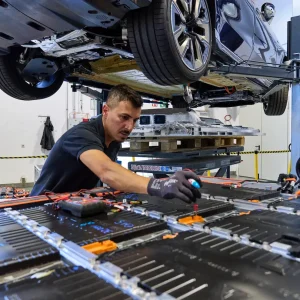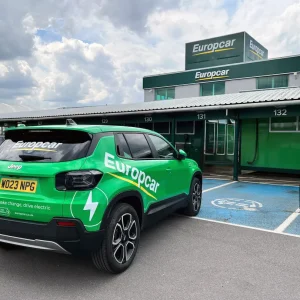With the variety of technology on offer to fleets in 2014, it’s becoming ever more important to understand exactly what your vehicles are used for, by who, when and why. That’s been a trend prompted by the rise in electric and plug-in hybrid vehicles, and it’s equally applicable to the car- sharing movement.
Slow to gain traction in the corporate sector, the likes of Zipcar and Alphabet’s Alphacity programme will open up new opportunities for more innovative fleets. Despite the odd name, the expansion of Peugeot’s Mu operation (see page 1) will also add more variables to the mix.
The trend towards using rather than owning is something that has cropped up in several recent conversations, especially in London and other major urban centres where a car isn’t necessarily the perk it is in less congested areas.
I’ve long been harping on about how the divergence of fuels from low-capacity petrol and diesel through to hybrids, plug-in hybrids and full electric models means that like never before fleets need to understand exactly what their vehicles are doing in order to manage them, and the people that use them, most effectively.
At a point when full-time fleet managers are an increasingly endangered species, it’s interesting, and rain-on-your-wedding-day ironic, that making the right decisions about which vehicles to operate and how to run them is getting more complex than at any point in the history of the company car to date. And it’s only going to be more so in the future.





